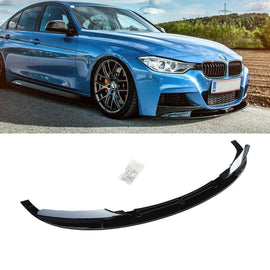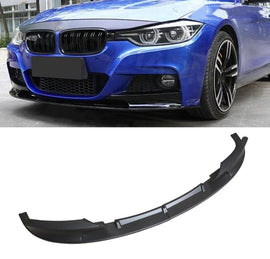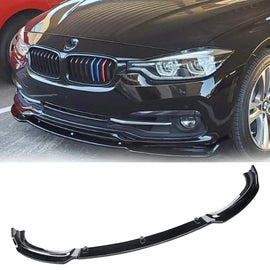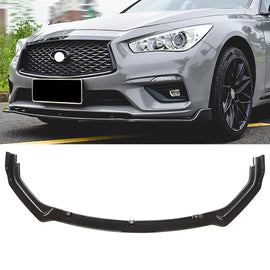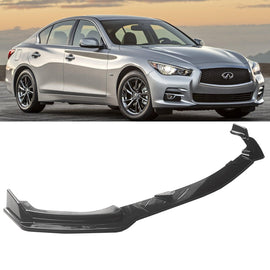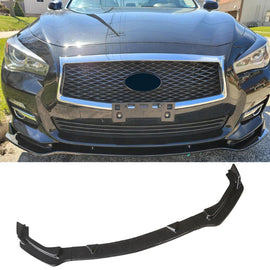Carbon fiber is a high-end material commonly used in industrial production. It has a cool appearance, strong and durable, and a wide range of applications.
It has applications in aerospace, military security, sports medical and other fields.
Especially in the field of automobile machinery manufacturing, the application of carbon fiber casts a sporty veil on the car. The envelopment, panel and style of carbon fiber give the car a distinctive aristocratic sportiness. Of course, The scarcity is the most expensive, and the high price of carbon fiber has discouraged many riders.
The rising demand has allowed some unscrupulous manufacturers to see business opportunities by using inferior and counterfeit materials to produce carbon fiber products to deceive consumers. Let’s talk about how to distinguish genuine and fake carbon fiber products?

First, let’s take a look at carbon fiber
Carbon fiber (CF): a new type of fiber material with high strength and high modulus fiber with a carbon content of more than 95%.
It is a microcrystalline graphite material obtained by piling up organic fibers such as flake graphite microcrystals along the fiber axial direction and undergoing carbonization and graphitization treatments.
Carbon fiber "flexible outside and rigid inside":
The weight is lighter than metal aluminum, but the strength is higher than steel, and it has the characteristics of corrosion resistance and high modulus. It is an important material in national defense, military industry and civilian use.
It not only has the inherent characteristics of carbon materials, but also has the soft processability of textile fibers. It is a new generation of reinforcing fibers.
Carbon fiber has many excellent properties. Carbon fiber has high axial strength and modulus, low density, high specific performance, no creep, ultra-high temperature resistance in a non-oxidizing environment, good fatigue resistance, and its specific heat and electrical conductivity are between non-metal and Among metals, the coefficient of thermal expansion is small and anisotropic, the corrosion resistance is good, and the X-ray permeability is good. Good electrical and thermal conductivity, good electromagnetic shielding, etc.
So, how to distinguish true and false carbon fiber?

1.Judge according to the product shape:
(1) Look at the lines
The carbon fiber products we usually come into contact with, such as car tails, car interiors, and model aircraft accessories. Most of them are made of carbon fiber bidirectional cloth and resin, with plain or twill weave on the outside.
(2) Look at the light
The difference with those imitation carbon fiber texture stickers is that these textures are formed after weaving and have obvious 3D effects. If you look closely, you can find the difference.
Of course, not all carbon fiber products have woven patterns on the surface, and those made of carbon fiber unidirectional cloth do not. For example, medical boards. However, they are mainly used in industrial machinery and are not common in daily life.
Another thing to mention is that carbon fiber is only black. People often mistake colored glass fiber or aramid for carbon fiber.

2.Judge according to product performance
(1) The weight must be light
Carbon fiber products are characterized by being light and very light. The density is only 1.5g/cm^3. Take the license plate frame as an example. One is made of pure carbon fiber material, and the other is made of glass fiber. When you hold it in your hand, you can clearly feel the weight difference. The reason why he can be used in so many fields, in addition to the beautiful appearance, the most important thing is the "burden reduction" function.
(2) Look at physical characteristics
In addition, carbon fiber also has the advantages of high X-ray transmittance, creep resistance, low thermal expansion coefficient, and high hardness. You can test it if possible.


